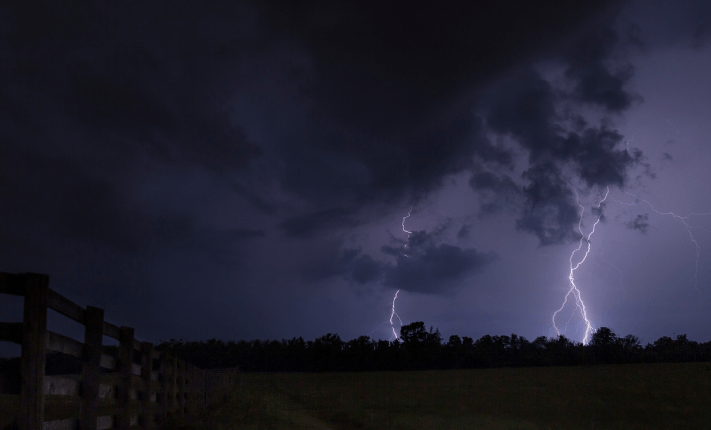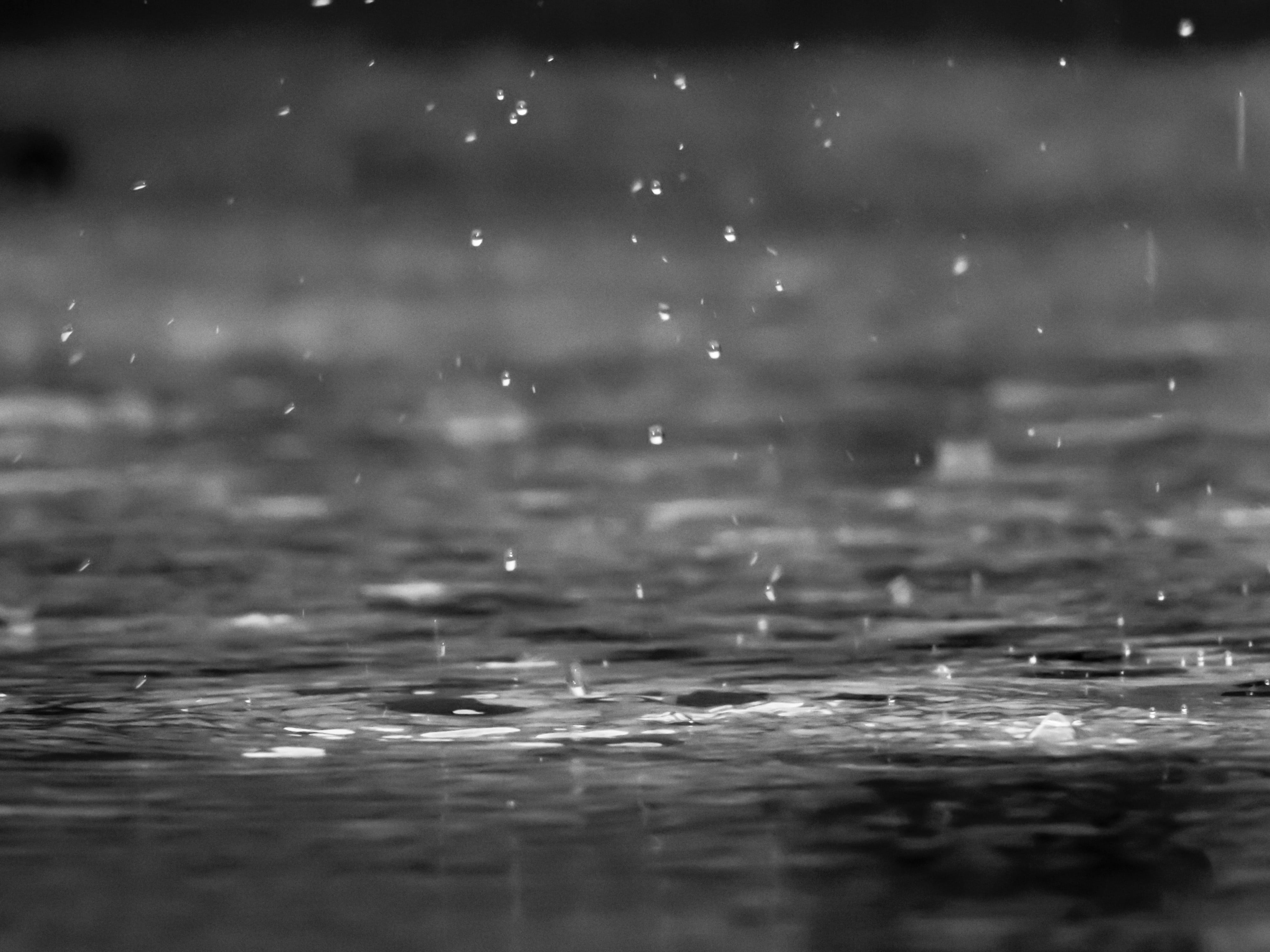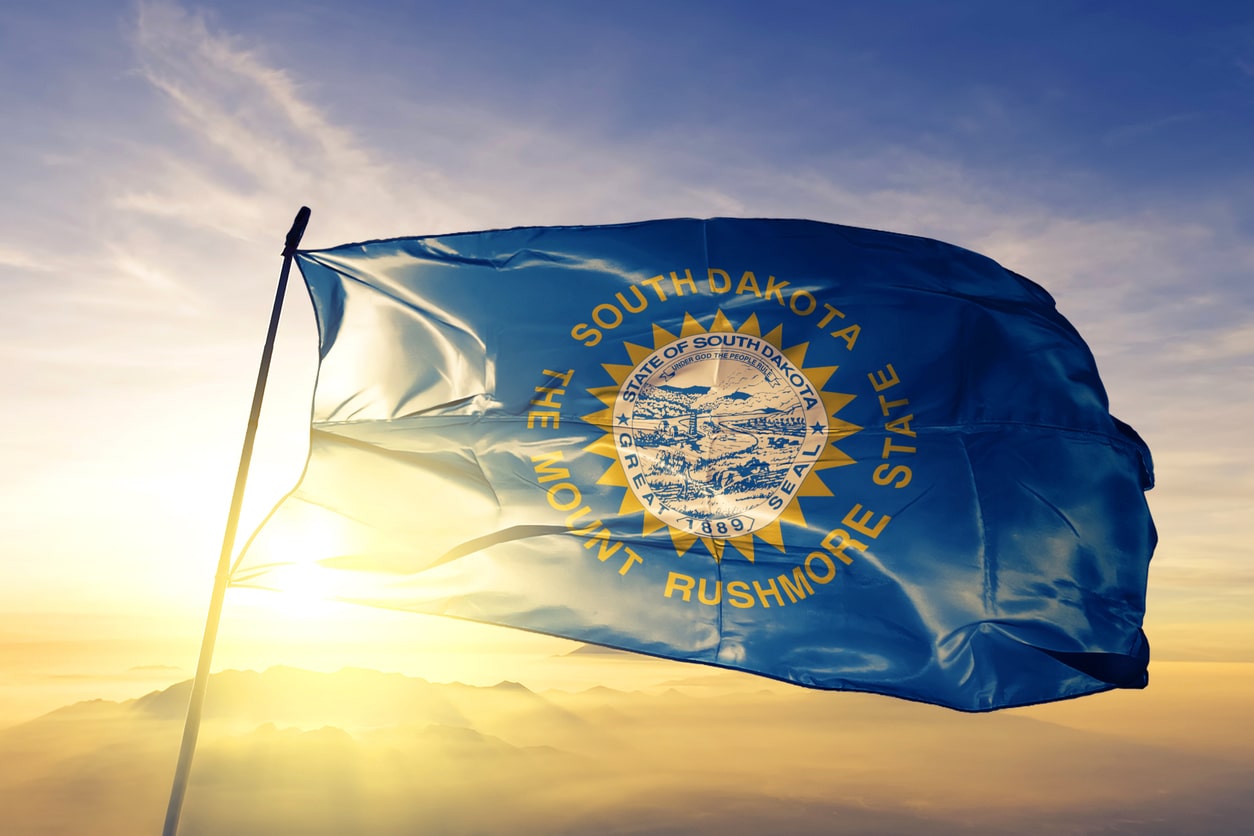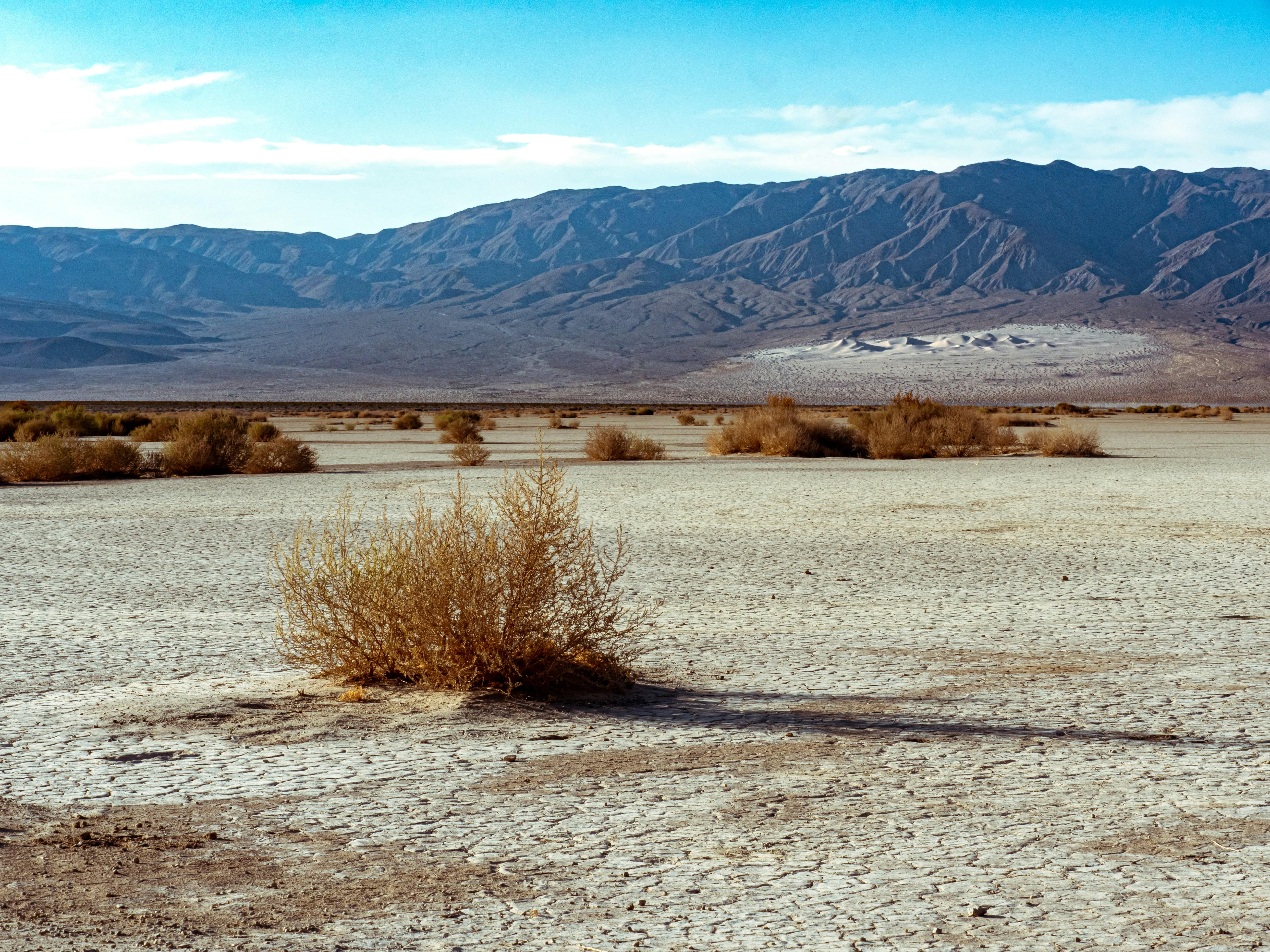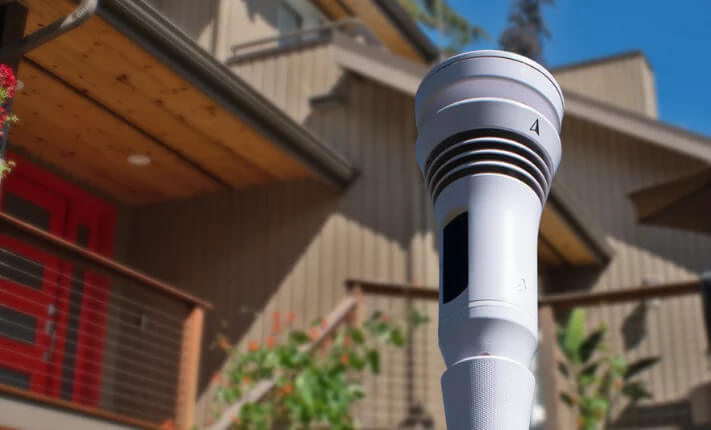
Do you want to nurture your kids’ interest in science? Wow them with these 10 facts about weather and climate to help them understand what influences local weather conditions.
Kids are often curious about how the world around them works. Weather is often a key point of interest for children, given the seemingly invisible and mysterious forces that influence it. If you want to nurture the little meteorologist living in your home, share these interesting facts about the weather.
Show your kids how real-world weather systems work with a Weather Science Kit, which includes the Tempest Home Weather System, activity cards, and more.
About 40 Million Lightning Strikes Happen In The United States Each Year
An interesting piece of weather trivia for kids is that lightning strikes the Earth about 40 million times each year, according to the CDC. This means lightning hits the ground roughly 76 times each minute! Luckily, the CDC explains that the odds of being struck each year are less than one in a million.
Learn more about what attracts lightning to keep you and your family safe during a storm.
The Coldest Place On Earth Is -135.8°F At The East Antarctic Plateau In Antarctica
It might not come as a shock that the coldest place on Earth is in Antarctica. But, one of the most interesting weather facts is how cold it gets there. Specifically, NASA reports that temperatures can drop as low as -135.8° Fahrenheit in the East Antarctic Plateau.
Clouds Are Not Made Of Gas
Contrary to popular belief, clouds aren’t made of gas. NASA explains that they’re made of a mixture of dry air, liquid water drops, and ice particles. The exact makeup depends on the specific type of cloud. For instance, cirrus clouds are mostly made from tiny ice particles, which is a cool weather fact you might want to tell your kids the next time you spot them in the sky.
Check out these 10 STEM activities you can do at home with your children, including creating a cloud in a jar.
Red Rain Can Happen
A fascinating weather fact that your kids will definitely remember is that there can be such a thing as “red rain.” This is one of the most interesting rain facts, and as creepy or erie as it might appear, the explanation for it is quite straightforward. Red rain occurs when large amounts of red dust get mixed with water droplets in rain clouds, which can happen after a large dust or wind storm, as explained by the UK’s National Meteorological Service.
Fog Is Just A Low Cloud
Because fog has a unique name, your child might be unaware that it’s just a cloud that is touching the Earth’s surface. National Geographic points out that there has to be some amount of dust or air pollution in the air for fog to form, which helps water droplets condense and hang in the air like clouds. An additional fun weather fact about fog is that Grand Banks, off of Newfoundland, Canada, is the foggiest place on Earth.
Try out these 10 activities to get your kids excited about seasonal weather changes.
Thundersnow: A Snowstorm With Thunder
An extreme weather fact you can impress your kids with is that thundersnow is possible. This happens when there’s a snowstorm with lightning, thereby creating thunder. The National Severe Storms Laboratory (NSSL) explains that thundersnow is more likely to occur above a warm front when there’s high moisture above the Earth’s surface.
Raindrops Aren’t Actually Tear-Shaped
Ask your kid to draw a raindrop, and they’ll likely sketch out a tear shape. However, this isn’t really what rain droplets look like. Instead, the U.S. Geological Survey explains that raindrops can range from small spheres one millimeter wide to larger hamburger bun-shaped droplets three millimeters wide – and even distorted parachute shapes in some cases.
South Dakota Is The Windiest State
Another fun fact about the weather that might blow your kids away is that South Dakota is the windiest state in the country, as reported by the World Population Review. The state experiences an average wind speed of 21.3 miles per hour. On the other hand, Delaware is the least windy state, with average wind speeds of 12.9 miles per hour.
The Tempest WEATHERmeter can send highly accurate wind, temperature, humidity, and air pressure readings right to your smartphone.
Hurricanes Spin Counterclockwise In The Northern Hemisphere
You can also teach your children about the Coriolis Effect, which National Geographic explains causes hurricanes to spin differently in the Northern and Southern Hemispheres. Hurricanes spin counterclockwise in the North and clockwise in the South. This is one of the most amazing facts about weather, as it influences how wind patterns and currents move across the entire globe.
The Hottest Temperature Ever Recorded Was 134°F In Death Valley, California
If you’re looking for fun facts about sunny weather, inform your kids that the hottest temperature on record is from 1913 in Furnace Creek Ranch, California, at 134° Fahrenheit, according to the World Meteorological Organization (WMO). There have been several claims of temperature readings higher than the current record, though they have not been scientifically verified.
Understand Your Local Weather Better With The Tempest Weather System
Sharing interesting facts about meteorology with your children can help pique their interest in the natural world around them. Hopefully, these weather fun facts will be a conversation starter that will get your children more engaged in science and meteorology.
If you want to give your children real-world experience monitoring weather systems where you live, consider buying the Tempest Home Weather System. It offers precise, real-time weather data for your location, accessible from your smartphone. You and your children can use Tempest to track local outdoor temperature, wind speed, lightning activity, and more!
And, if you’re an educator, learn more about our School Weather Safety and Education Program to see if you qualify for a discounted Tempest.
